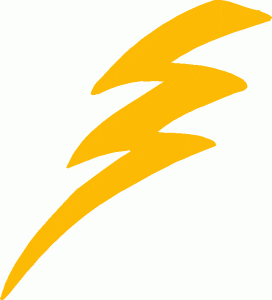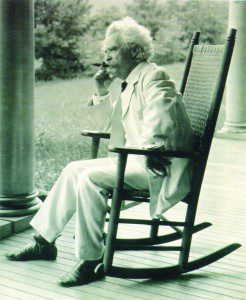Before lightning strikes
feeders unseen to the ordinary I
travel possible paths through the air
to find the right way to bolt to earth.
Before the secret green cells in the leaf
drink from its suncatchers, light walks
all paths through the protein scaffold.
Scientists say that any road taken
collapses all possible paths.
In the leaf, in the air, in a human span
no road, perhaps, is entirely untaken.
If our lives are gardens of forking paths
what happens when we take one branch
with the definite body? Do possible selves
travel on along all the possible paths?
Can we meet each other?
Can the branching paths rejoin?
In default mode I departed a mental map
and followed a road I thought I had left
towards an old place. When I saw my error
I thought at least I was on familiar ground
on my ghost trail. I bulled across many lanes
to make an utterly wrong turn and did not see
I was speeding the wrong way on the Royal Road
until I met a familiar, a bull on a steakhouse sign.
It’s not so easy to get back on a road you left.
To get my head around this
I’ll go on a quantum walk tonight.
Like light in the leaf, like lightning’s feeders,
we try all paths in our dreams.
When we are witness to ourselves
we can change the default mode
and weave the many roads into the right one.
Note: Suncatchers and Quantum Beating
Research at the Lawrence Berkeley National Laboratory suggests that the marvelous speed and efficiency with which green plants transfer solar energy from surface receptors to molecular centers that convert it into chemical energy is the result of a process of “quantum beating”. In the presence of light, oscillations are triggered in the plant that explore all possible paths between receptor and converter simultaneously and reversibly (meaning they can retreat without penalty from a wrong path). These many wavelike probes collapse into a single movement, observible only through electronic spectroscopy that can measure events in femtoseconds (millionths of a billionth of a second). A report on the Berkeley Lab findings was published by Graham Fleming et al in the April 12, 2007 issue of Nature.


